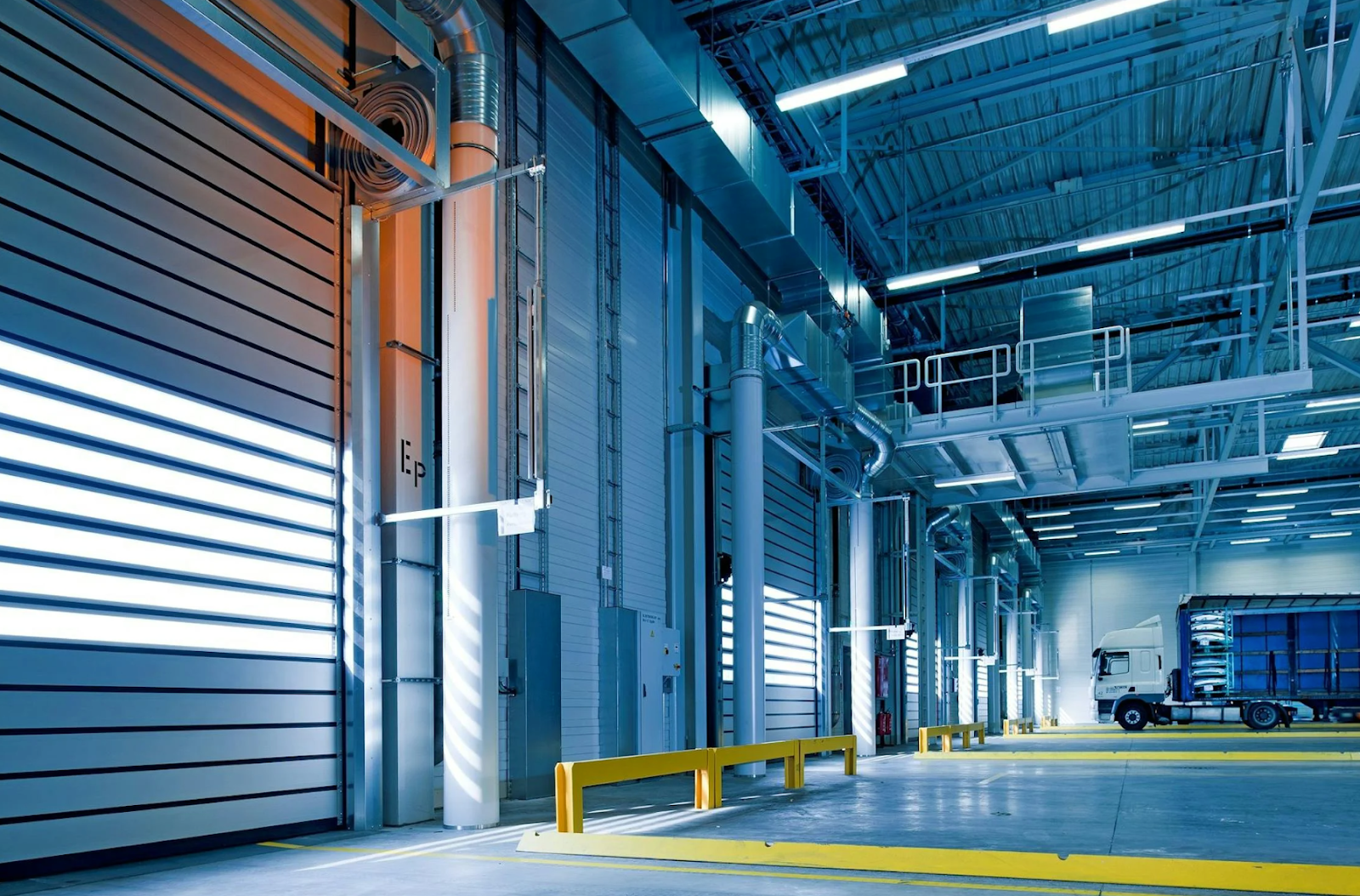What Companies Overlook During Facility Shutdowns
Shutting down a facility is more than clearing floors and turning off utilities. It touches asset recovery, EHS compliance, sustainability, and complex logistics that can quickly spiral if missed. At Michaels Global Trading, we’ve seen how early planning—plus specialists such as an industrial equipment removal service—keeps costs, risks, and timelines under control.
Shutting down a facility is more than clearing floors and turning off utilities. It touches asset recovery, EHS compliance, sustainability, and complex logistics that can quickly spiral if missed. At Michaels Global Trading, we’ve seen how early planning—plus specialists such as an industrial equipment removal service—keeps costs, risks, and timelines under control.
- Facility closures demand detailed coordination across teams and vendors
- Small oversights (permits, sequencing, documentation) cause major delays
1) Asset Inventory & Value Recovery
Without a complete inventory, companies lose track of what’s reusable, resalable, or recyclable—and pay to move or dispose of items that could have offset costs. Cataloging assets (racking, machinery, IT, furniture) enables liquidation, donation, or redeployment decisions before crews arrive.
- A structured inventory unlocks resale, donation, and redeployment options
- Early triage avoids paying to move or dump low-value assets
2) Regulatory & EHS Requirements
Decommissioning intersects with lockout/tagout, machine guarding, hazardous materials, and contractor safety. OSHA’s annually published Top 10 most-cited standards consistently include Lockout/Tagout (1910.147) and Machine Guarding (1910.212)—a reminder that shutdown work is high-risk if controls aren’t in place.
- Treat disconnects, purges, drains, and isolations as formal EHS work
- Use competent supervisors and documented permits/procedures throughout

3) Heavy Equipment & Fixed Infrastructure
Conveyors, process lines, mezzanines, presses, tanks, and boilers require engineered dismantling, rigging plans, and the right tooling. This is where an industrial equipment removal service is essential: specialists minimize structural damage, protect equipment value, and keep people safe during lifts and transport.
- Professional rigging/demolition prevents incidents and costly repairs
- Sequencing (power, fluids, anchors, lifts) must be planned and signed off
4) Environmental Strategy (Not Just Disposal)
Shutdowns are a chance to hit ESG targets—not just fill dumpsters. EPA’s latest national MSW data (2018) shows ~12.2 million tons of furniture & furnishings generated, with roughly 9.7 million tons landfilled—a low diversion rate industry-wide. Building a reuse, resale, and recycling plan materially reduces footprint and fees.
- Prioritize resale/reuse, then certified recycling; landfill as last resort
- Keep weight tickets, certificates, and diversion summaries for ESG reports
5) Communication, Access & Scheduling
Elevators, docks, permits, escorts, IT cutovers, and vendor arrivals must be booked and sequenced. Missed building windows or unclear staff instructions stall crews and add labor hours. A single, shared timeline (with floor plans and contact lists) keeps everyone moving in step.
- Confirm dock/elevator windows, power-offs, and security access in writing
- Share a simple run-of-show so staff and vendors follow the same plan
6) Safety, Records & Chain of Custody
Beyond PPE and barricades, shutdowns need documentation: asset serials, data-bearing device chain-of-custody, manifests, and close-out photos. This protects you in audits, lease handbacks, and warranty or tax queries months later.
- Maintain serial logs, disposal manifests, and photo evidence by area
- Chain-of-custody is critical for IT assets, meters, and regulated waste

Quick Recap
- Facility closures succeed on inventory discipline, compliance, engineered removals, diversion planning, and tight coordination.
- Partnering with specialists such as an industrial equipment removal service—and a proven liquidator like Michae’s Global Trading—keeps projects safe, compliant, on budget, and well-documented from first bolt to final sweep.




